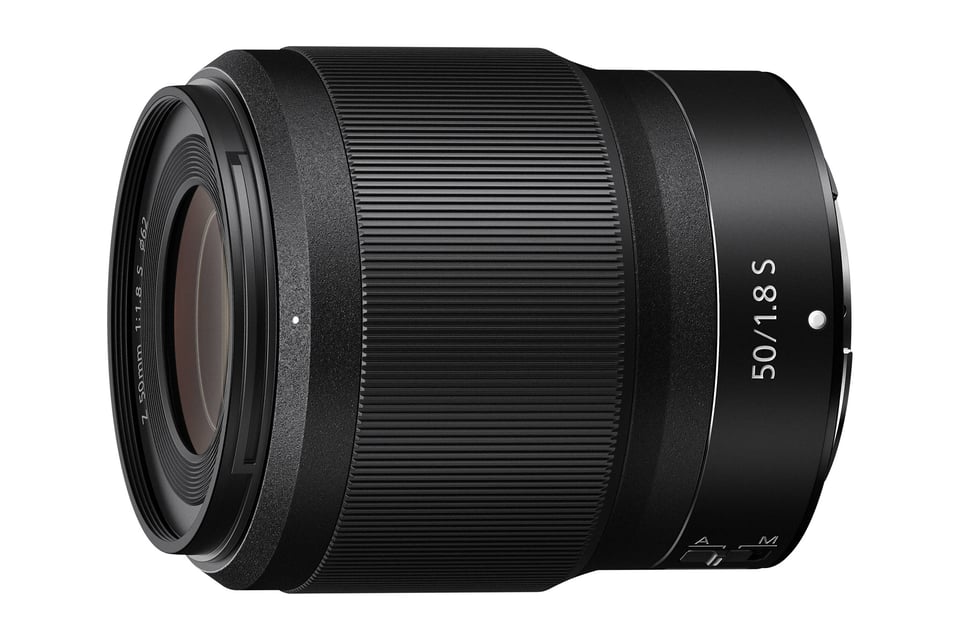مقارنة العدسات الثابتة بالعدسات المقرِّبة- دليل المبتدئين
يقلم نسيم منصوروف
Prime vs Zoom Lenses – A Beginner’s Guide
by Nasime Mansurof
في السنوات الأخيرة، استحوذت عدسات التكبير/التصغير على قلوب العديد من المصورين المحترفين العاملين باعتبارها الخيار الأكثر وضوحًا وتنوعًا. بفضل أحدث مستشعرات الصور التي تنتج جودة مذهلة، حتى مع قيم ISO عالية جدًا، فمن المنطقي أن يميل المزيد من الأشخاص نحو سهولة استخدام عدسات التكبير/التصغير. كما أصبحت عدسات التكبير حادة بشكل مثير للإعجاب - فمعظمها، حتى بعض العدسات الرخيصة، حادة بما يكفي لتلبية الاحتياجات اليومية وتفتخر أيضًا بأنظمة تثبيت الصورة الفعالة.
توفر بعض العدسات الاحترافية الحديثة جودة صورة تتطابق أو حتى تتفوق على العدسات الأولية في نفس النطاق البؤري. على الرغم من كل هذا، لم تفقد العدسات الأولية جاذبيتها حقًا. تعمل شركات Sony وNikon وCanon على تحديث وتوسيع ترسانة عدساتها بسرعة بخيارات جديدة وأفضل. تدخل الشركات المصنعة التابعة لجهات خارجية مثل Sigma وTamron إلى اللعبة بثقة.
وبفضل هذا، أصبح الاختيار بين عدسة التكبير/التصغير والعدسة الأساسية الآن أصعب من أي وقت مضى. في دليل المبتدئين هذا، أتحدث عن العدسات الأولية مقابل عدسات التكبير بالتفصيل، موضحًا الاختلافات بينهما، بالإضافة إلى بعض نماذج الصور.

جدول المحتويات
ما هي العدسة الأولية؟ ما هي عدسة التكبير؟ مزايا العدسات الأولية التكلفة الحجم والوزن عامل التعلم التحكم الإبداعي بفتحات أسرع الإضاءة المنخفضة الحدة مزايا عدسة التكبير تعدد الاستخدامات تثبيت الصورة إمكانية النقل العدسة الأولية مقابل عدسة التكبير: ما الذي يجب أن تحصل عليه؟ الكلمات النهائية
In recent years, zoom lenses have been taking over the hearts of many working professional photographers as the more obvious, versatile choice. With the latest image sensors producing amazing quality, even at extremely high ISOs, it makes sense why more people have been leaning towards the convenience of zoom lenses. Zoom lenses have also gotten impressively sharp – most, even some cheap kit lenses, are sharp enough for day-to-day needs and also boast effective image stabilization systems.
Some of the modern pro-grade lenses offer image quality that matches or even surpasses primes lenses in the same focal range. Despite all this, prime lenses haven’t really lost their desirability. Sony, Nikon, and Canon have been rapidly updating and expanding their lens arsenal with new and better choices. Third-party manufacturers like Sigma and Tamron are stepping into the game with confidence.
Thanks to this, choosing between a zoom and a prime lens is now harder than ever. In this beginner guide, I talk about prime versus zoom lenses in detail, explaining their differences, along with some image samples.

Table of Contents
يقلم نسيم منصوروف
Prime vs Zoom Lenses – A Beginner’s Guide
by Nasime Mansurof
في السنوات الأخيرة، استحوذت عدسات التكبير/التصغير على قلوب العديد من المصورين المحترفين العاملين باعتبارها الخيار الأكثر وضوحًا وتنوعًا. بفضل أحدث مستشعرات الصور التي تنتج جودة مذهلة، حتى مع قيم ISO عالية جدًا، فمن المنطقي أن يميل المزيد من الأشخاص نحو سهولة استخدام عدسات التكبير/التصغير. كما أصبحت عدسات التكبير حادة بشكل مثير للإعجاب - فمعظمها، حتى بعض العدسات الرخيصة، حادة بما يكفي لتلبية الاحتياجات اليومية وتفتخر أيضًا بأنظمة تثبيت الصورة الفعالة.
توفر بعض العدسات الاحترافية الحديثة جودة صورة تتطابق أو حتى تتفوق على العدسات الأولية في نفس النطاق البؤري. على الرغم من كل هذا، لم تفقد العدسات الأولية جاذبيتها حقًا. تعمل شركات Sony وNikon وCanon على تحديث وتوسيع ترسانة عدساتها بسرعة بخيارات جديدة وأفضل. تدخل الشركات المصنعة التابعة لجهات خارجية مثل Sigma وTamron إلى اللعبة بثقة.
وبفضل هذا، أصبح الاختيار بين عدسة التكبير/التصغير والعدسة الأساسية الآن أصعب من أي وقت مضى. في دليل المبتدئين هذا، أتحدث عن العدسات الأولية مقابل عدسات التكبير بالتفصيل، موضحًا الاختلافات بينهما، بالإضافة إلى بعض نماذج الصور.

جدول المحتويات
ما هي العدسة الأولية؟ ما هي عدسة التكبير؟ مزايا العدسات الأولية التكلفة الحجم والوزن عامل التعلم التحكم الإبداعي بفتحات أسرع الإضاءة المنخفضة الحدة مزايا عدسة التكبير تعدد الاستخدامات تثبيت الصورة إمكانية النقل العدسة الأولية مقابل عدسة التكبير: ما الذي يجب أن تحصل عليه؟ الكلمات النهائية
In recent years, zoom lenses have been taking over the hearts of many working professional photographers as the more obvious, versatile choice. With the latest image sensors producing amazing quality, even at extremely high ISOs, it makes sense why more people have been leaning towards the convenience of zoom lenses. Zoom lenses have also gotten impressively sharp – most, even some cheap kit lenses, are sharp enough for day-to-day needs and also boast effective image stabilization systems.
Some of the modern pro-grade lenses offer image quality that matches or even surpasses primes lenses in the same focal range. Despite all this, prime lenses haven’t really lost their desirability. Sony, Nikon, and Canon have been rapidly updating and expanding their lens arsenal with new and better choices. Third-party manufacturers like Sigma and Tamron are stepping into the game with confidence.
Thanks to this, choosing between a zoom and a prime lens is now harder than ever. In this beginner guide, I talk about prime versus zoom lenses in detail, explaining their differences, along with some image samples.

Table of Contents










تعليق